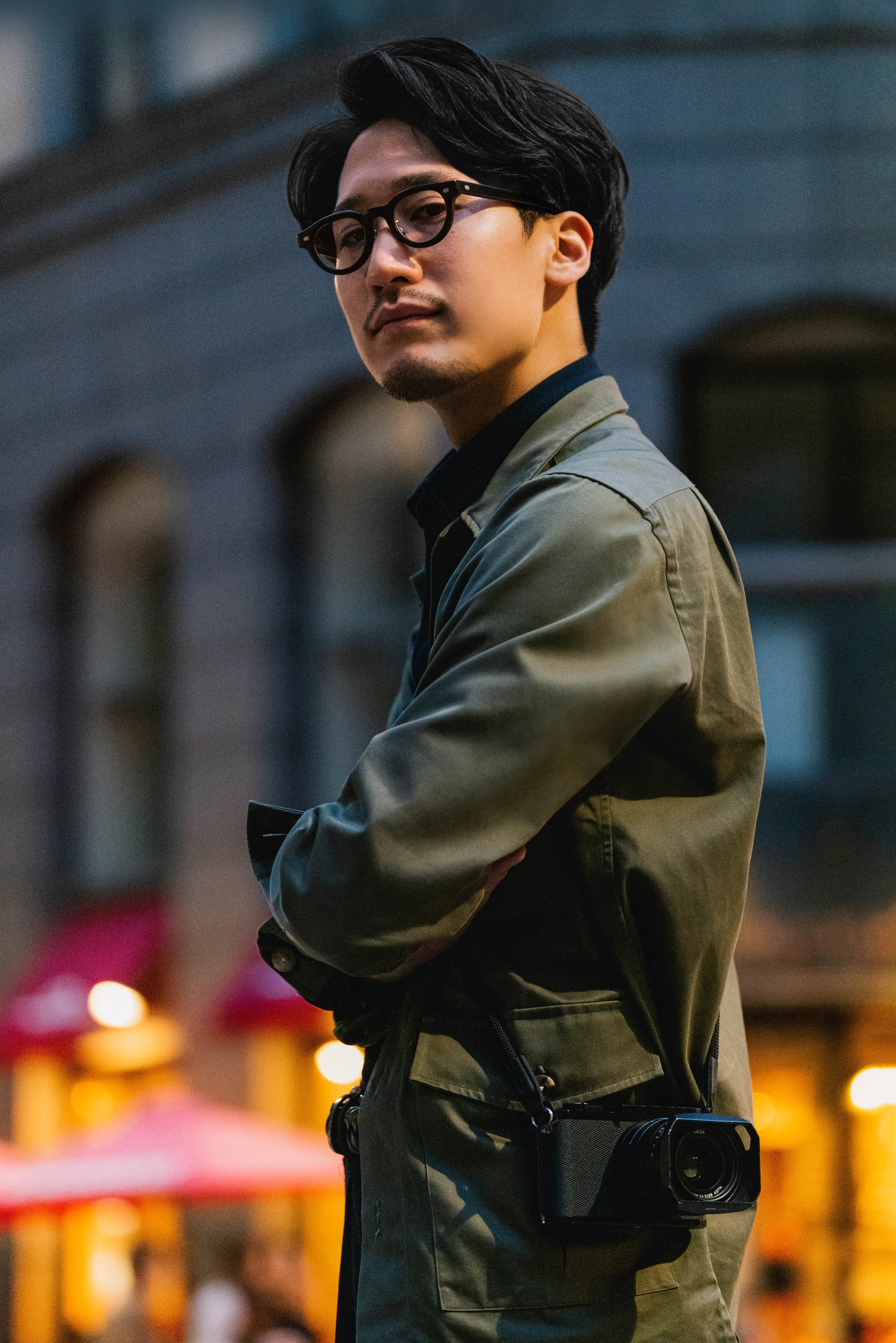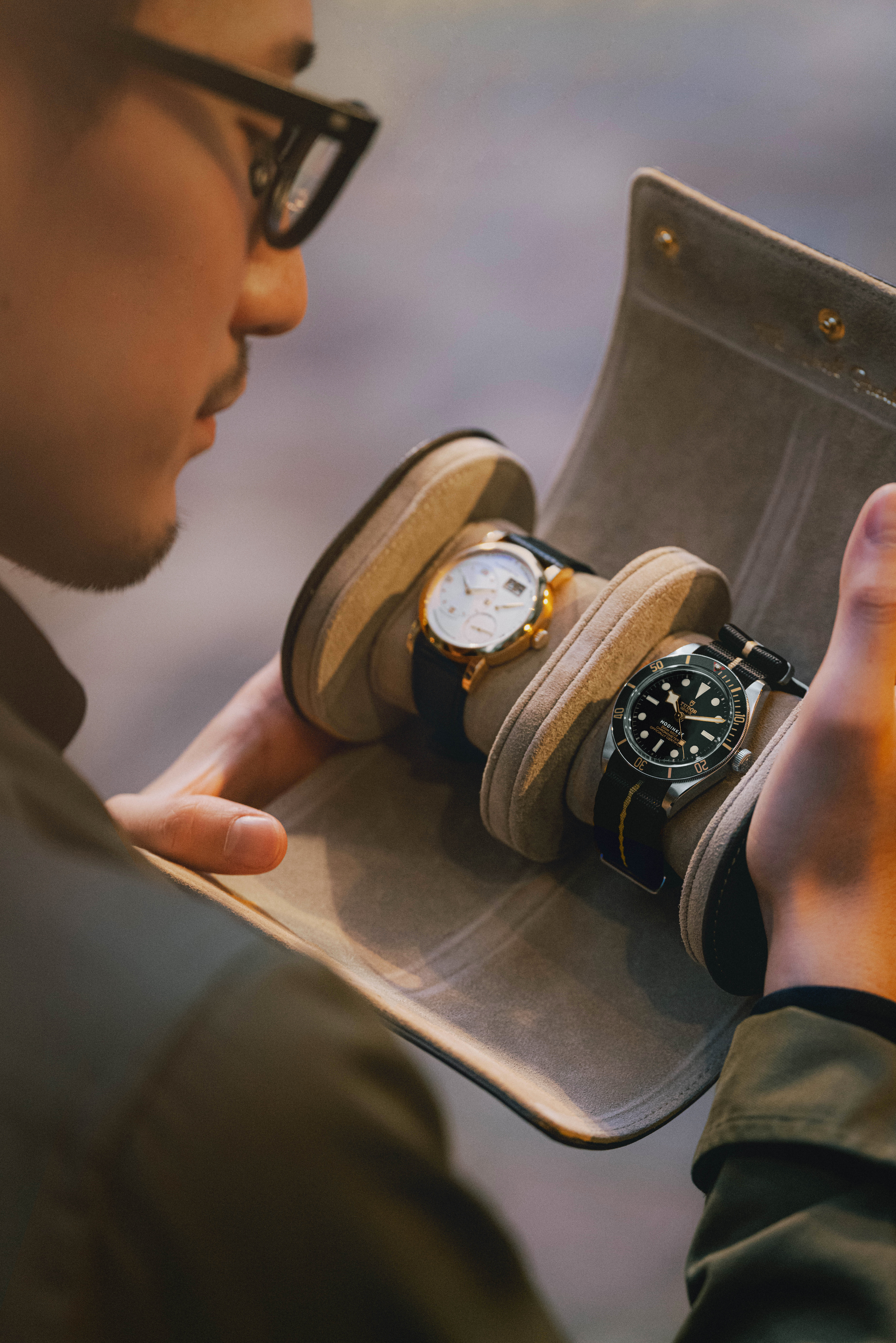
The stakeholders of the watch industry were always pretty obvious; watchmakers, retailers, dealers, scholars, and collectors. With the popularisation of social media, communities have emerged. Like the Singapore Watch Club, communities are guided by their own unique passion and values. Some were founded on a shared adoration for a particular brand, style, or flavour, others united by the horological culture of the land.
We are in Tokyo with Masaharu Wada, one of the co-founders of Tokyo Watch Club. He started his career in the tech industry, and shortly after decided to start a watch blog as a hobby. It took off and Masa was eventually invited to be a founding member, and editor of Hodinkee Japan.

SWC: Do you recall your first horological moment? How long ago was that?
Masa: It was a Rolex Submariner Date Ref. 116610LN, the first watch I bought myself 9 years ago. At the time, I was working for an IT venture company and spent most of my waking hours in the office. I was so absorbed in my work that my boss at the time recounted in his toast at my wedding, “I still remember having to beg Masa to go home for New Year’s Day!”.
One day, I realised that the numbers in my bank account were going up, but ironically I didn’t even have the time to spend any of it. Like many I decided to buy a Rolex to at least have a trophy to wear.
SWC: What do you hope to accomplish with the Toyko Watch Club?
Masa: Tokyo Watch Club’s goal is to enrich watchmaking culture by creating a dialogue between watch enthusiasts of all backgrounds. Our community members are a mix of collectors, industry insiders, and watchmakers. I have always felt that Japanese watch culture is very closed up. There were gatherings for very specific groups: vintage Rolex, Patek, AP, and Richard Mille only. I could not find meet ups for foreign collectors living in Japan either. We want to be create an open membership for all to come together and learn, and a more exclusive membership wth limited edition watches.

SWC: What do you think are the fundamental differences between Japanese and Swiss watchmaking?
Masa: The Japanese watch industry is characterised by its ability to mass-produce high-quality wristwatches and its technical capabilities. Many brands have focused on innovation, such as quartz watches, radio-controlled watches and Seiko’s Spring Drive. On the other hand, after the quartz crisis, many Swiss watch manufacturers have changed to luxury watches, with Rolex leading the way. Currently, Grand Seiko and other Japanese brands are also focusing on emotional aspects such as stories, but I think there is still a long way to go.

Patek Philippe Worldtimer ref. 5110P
To me this reference is significant because it marked the era of the modern world timer. I love its modest platinum case paired with a beautiful blue guilloche. I actually bought it from a friend during the Pandemic while I dreamed of one day being able to travel again. Now, when I go abroad, this understated world timer is without question my perfect travel companion.
SWC: How would you describe the culture of watch collecting in Japan, and what makes it unique globally?
Masa: Japan is an island nation and basically an ethnically homogeneous nation. For this reason, it is important to be different from others, like fashion and everything else. There is also an emphasis on craftsmanship, and things that are made in a different way or are more elaborate are loved by the Japanese.

Tudor Black Bay 58 “Hodinkee”
This special edition of 100 pieces were made for specially for friends of Hodinkee back in 2020. Every piece is individually numbered and bears the name of lucky owner.
SWC: Do you think there’s a uniquely Japanese spirit of craftsmanship that contributes to the rise of Japanese watchmaking?
Masa: When you think of Japanese craftsmanship, technical aspects may come to mind. For example, the engraved dials of Credor’s Eichi and Naoya Hida & Co. Of course, such techniques are highly valued, but I think the starting point of Japanese craftsmanship is the kindness and attention to detail of the user. It’s because of Japan’s hot and humid climate, they tried to prevent deterioration by applying multiple layers of lacquer to the dial, and quartz watches are the result of the pursuit of how to improve accuracy. This is also the case with larger cases to increase shock resistance and the creation of shock-resist mechanisms like G-Shock.

A.Lange & Soehne Lange 1 101.021
With its distinctive styling and design, I knew I wanted to add a Lange 1 to my collection. I especially hunting one in yellow gold, as it was the inaugural model introduced at the time of the brand’s revival. While dressy, it is an incredibly easy watch to wear because it can be easily dressed up or down just by changing the strap.
SWC: Do you have a theme that guides your curation?
Masa: So far, I have collected mainly representative pieces that could be called the face of the brand. Now I prefer dress watches that are a bit smaller in diameter from the modern norm. I also want to acquire independent brands in the future, so my curation direction may not be very set yet. But I am enjoying it!

SWC: What’s your current obsession?
Masa: I have been obsessed with photography since I bought my Leica. It connects me to the world. My initial motivation was to take more beautiful pictures of watches, but now I go out somewhere every weekend because I want to photograph something. The world seems more interesting when you carry a camera with you.

SWC: Which timepiece in the collection is most sentimental to you?
Masa: My Rolex Oyster Perpetual Date Ref. 1500. My grandfather, who worked for a trading company, purchased this watch in Zurich on a business trip while he was stationed in Germany from 1960 to 1963. This was before the liberalisation of overseas travel for Japanese, when special permission from the government was required. He wore it every day after returning to Japan. After my grandfather passed away, the watch passed to my father and then to me. Although we were not very close, but we discovered that we were both watch lovers, and through this watch we have seen each other often since then.
I never really spoke with my father much, and we only met once a year at family gatherings. Growing up, he was always very strict with me because I was the eldest son, and it didn’t help that I was very busy after I started working. However, after we discovered that we both loved watches, we began to talk like good friends and now we see each other once a month. We send each other watches and watch winders and exchange opinions about new releases. After visiting Watches & Wonders this year, I actually had the opportunity to visit Zurich and retrace my grandfather’s footsteps in his journey to acquire this timepiece.

Rolex Oyster Perpetual Date ref. 1500
A sentimental heirloom piece first acquired by Masa’s grandfather, passed down the generations.